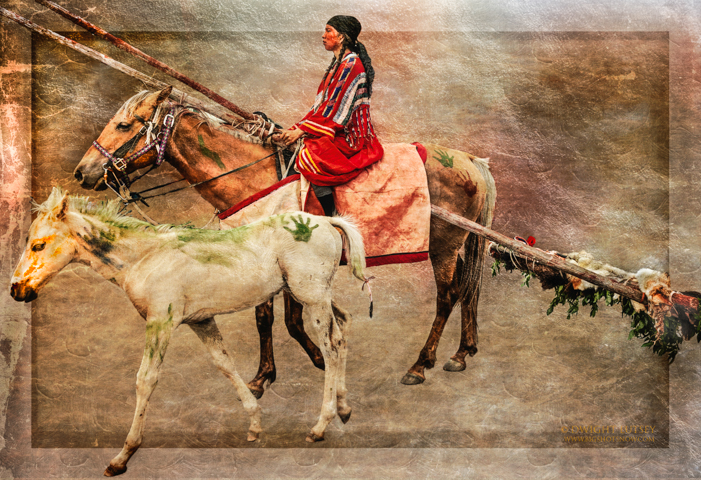
The photo above was taken at the North American Indian Days or NAID held every year by the Blackfeet tribe at Browning, Montana. There, members of the tribe gather and celebrate their heritage by dancing, singing, displaying their treasured regalia and horses, and their culture in all of its splendor.
Sometime during the celebration they hold a parade and it’s a grand parade. Everyone shows up as the participants walk, ride or are carried in decorated vehicles through the streets of Browning. Many with their own interpretation of how things were before modern civilization entered the picture.
This woman riding her prized horse with its foal walking along side in the parade is an example of how the culture and traditions of the tribe are upheld. As an observer you can choose to view this scene as it actually occurred, where the parade passed in front of a large store with crowds of people standing in front, cars parked along the roadway, the street itself in stark relief with its blacktop reality as an element in the image, a strict documentation of the event as it actually was, or you can choose to see it another way. As an artist first and photographer second and a hopeless romantic thrown in to boot, I chose to see her as a member of the tribe on a journey to the summer camping grounds, where there was plenty of new grass for the horses, the game was plentiful in the mountains, and space in the lush valley to set up their lodges while they lived their lives as they always had in the past.
A generous use of photo editing software allowed me to time travel and remove the modern day distractions, the cars, the buildings, the crowds, hopefully recreating that feeling of a bygone era. Romanticized, of course, but that’s how I see a lot of the world. Whether it actually existed like this doesn’t matter, Art is what you see in your minds eye whether it’s a gritty fact-filled stark reality with all its warts and blemishes, or an idyllic imagined peaceful scene. There’s no political agenda here, just an attempt to show the beauty and history and yes the nostalgia of an incredible people as it may have been in a long ago time. Time travel and an emotional escape to a place that may never have existed as portrayed but certainly should have.
If you get an opportunity go and see the powwow of the Blackfeet tribe at Browning, Montana. You might just see your own vision, all you have to do is look and imagine.

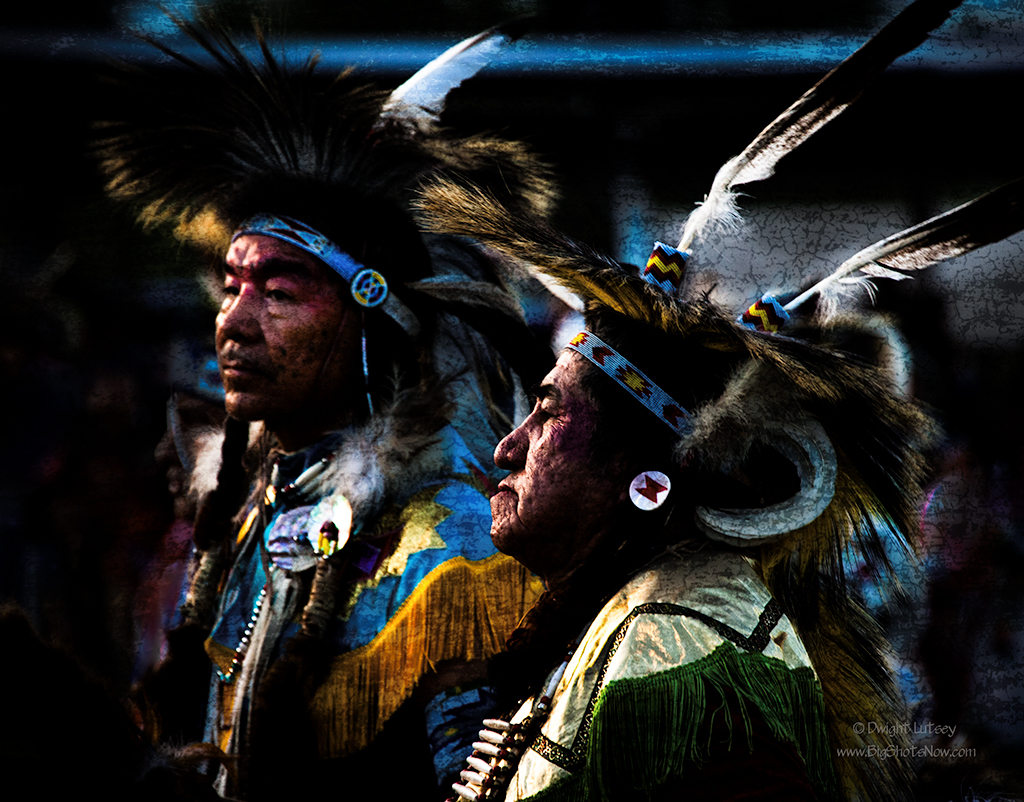
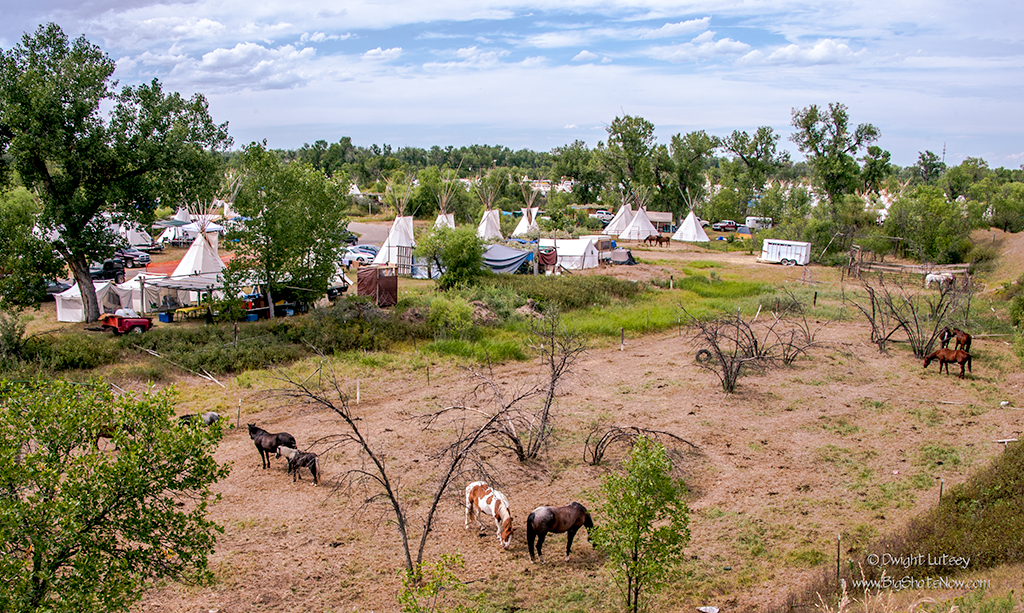
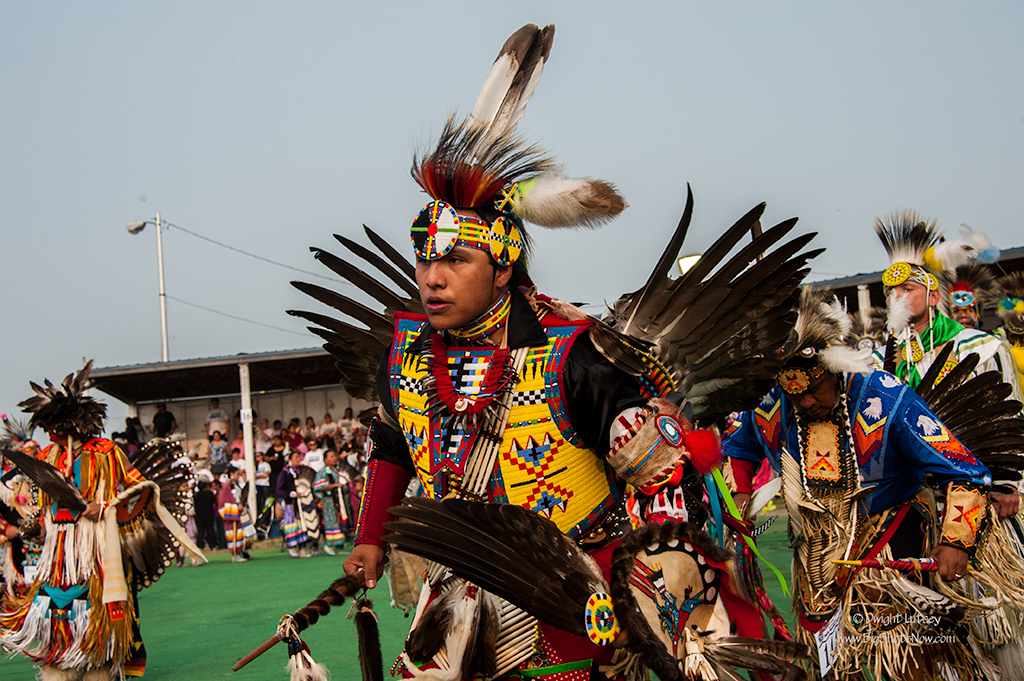
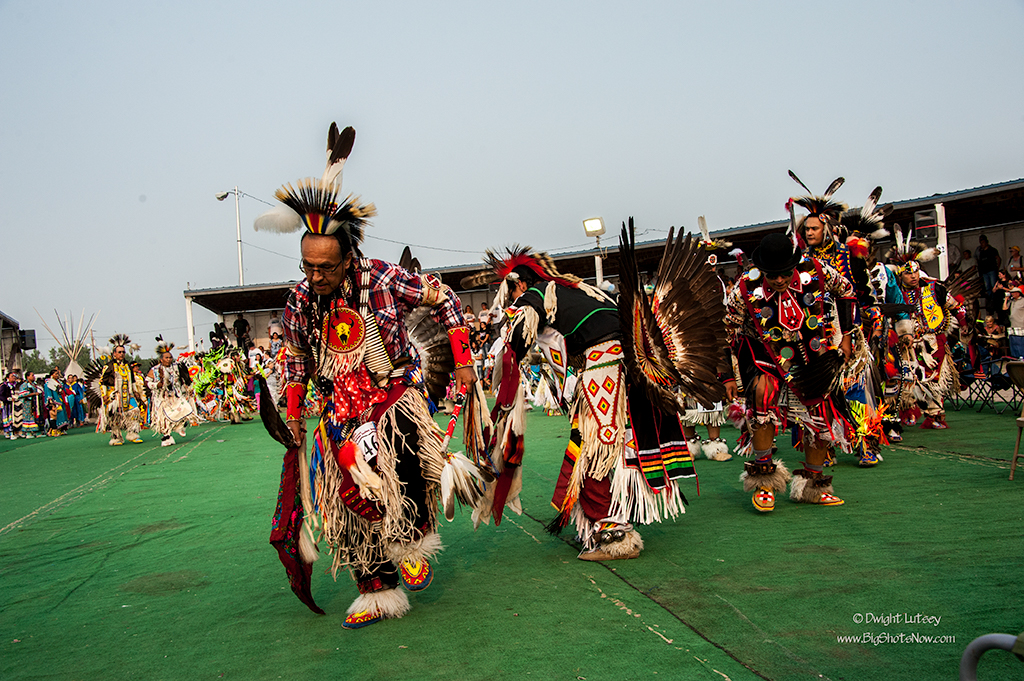
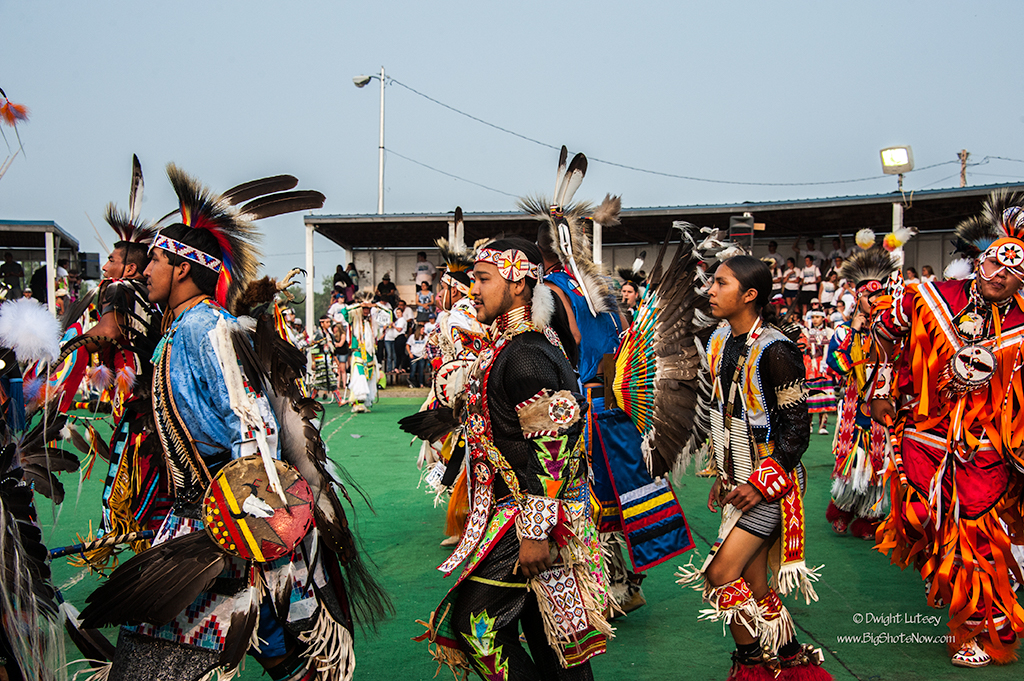
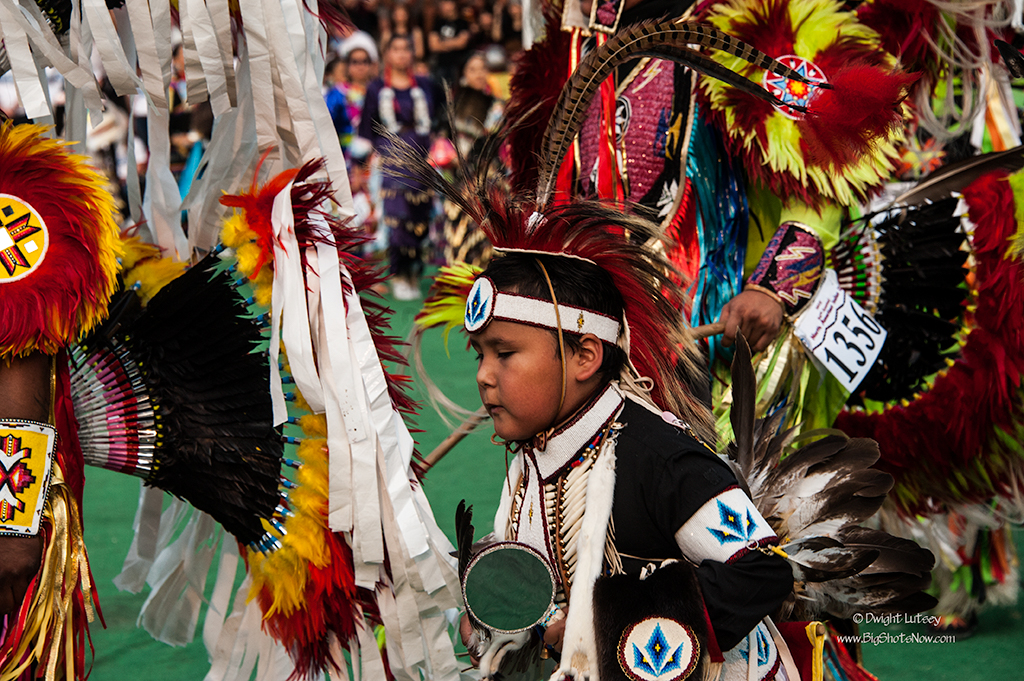
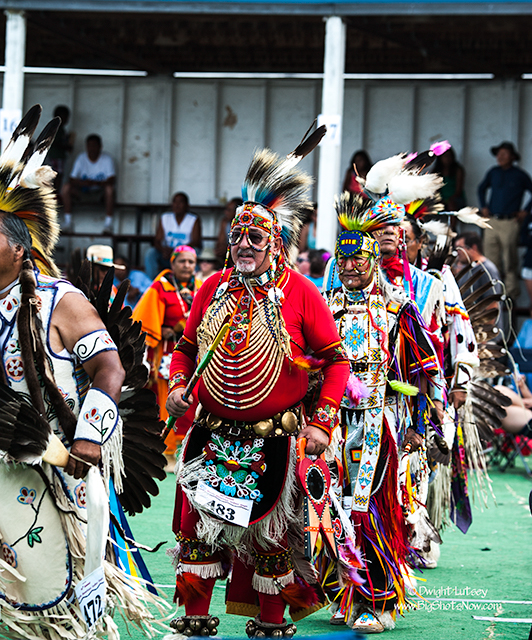
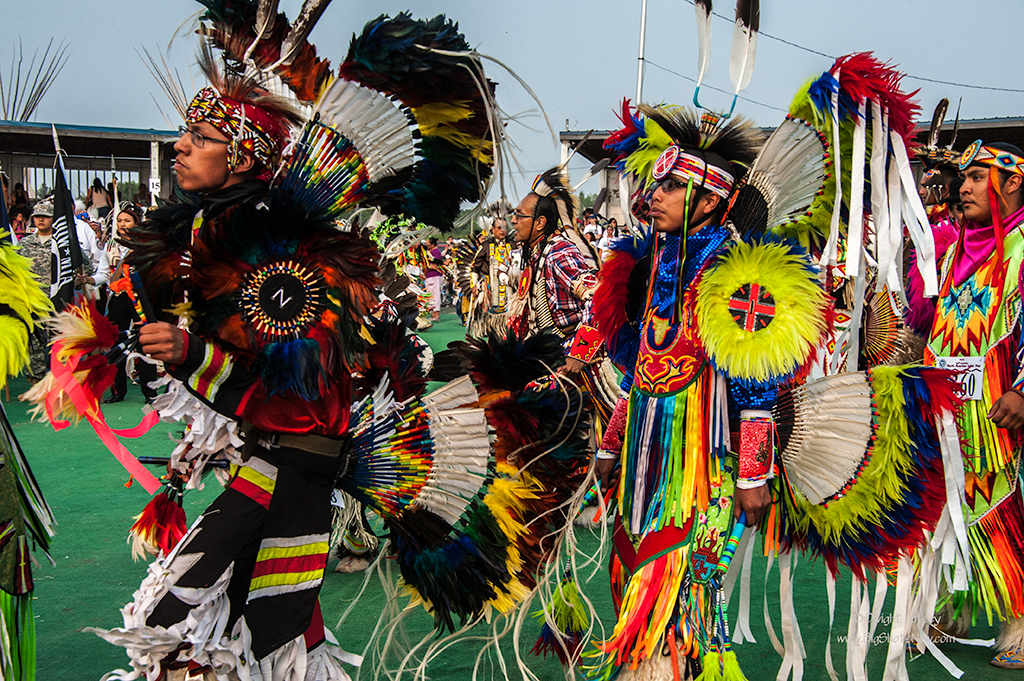
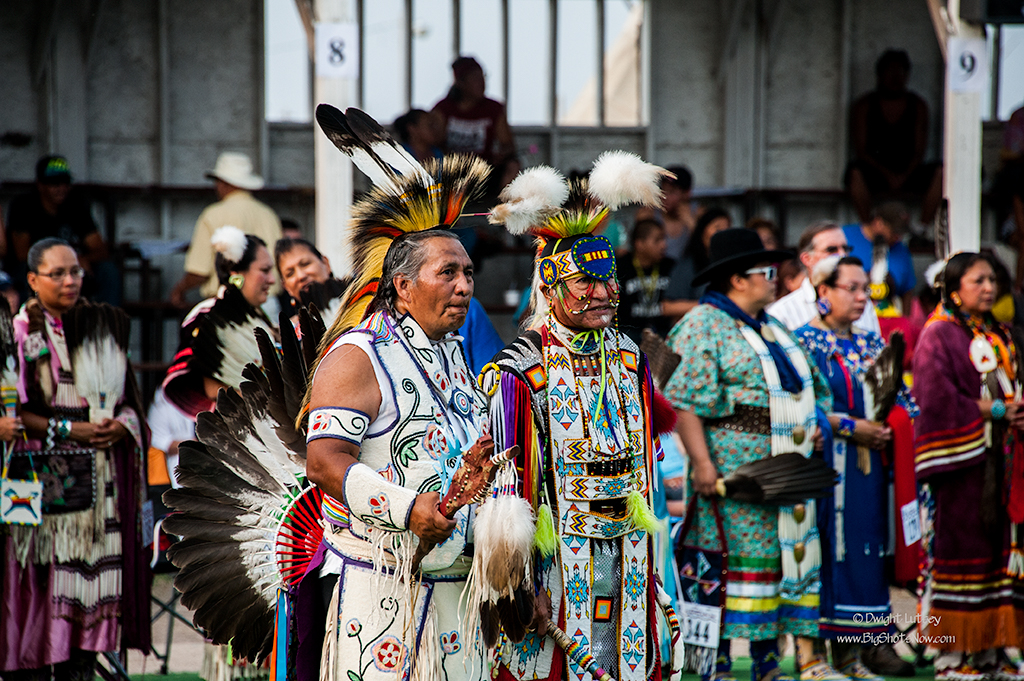
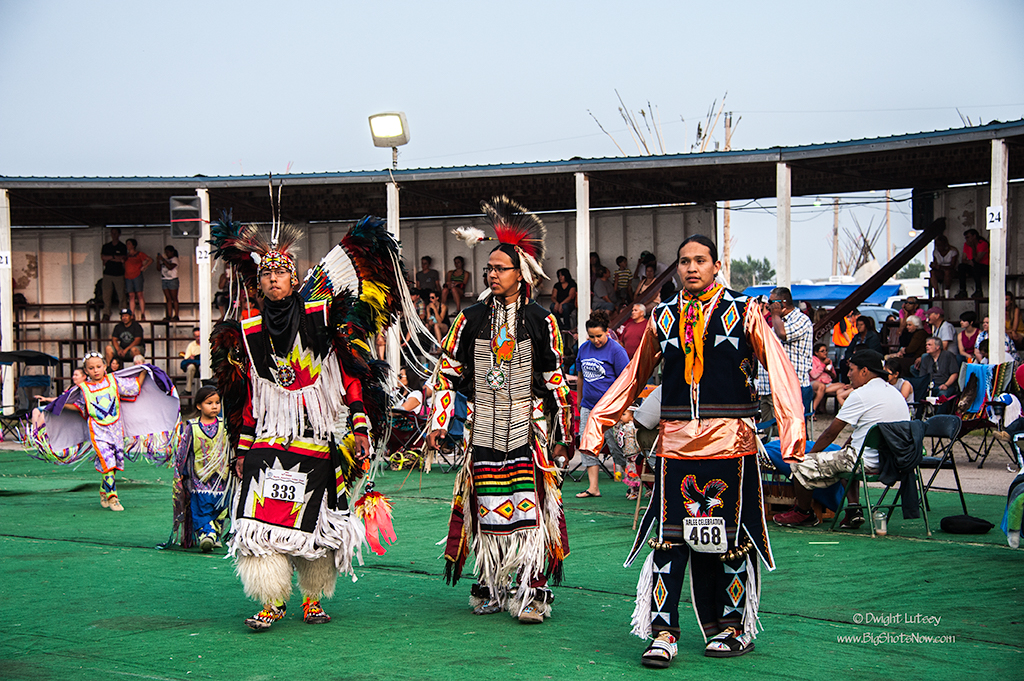
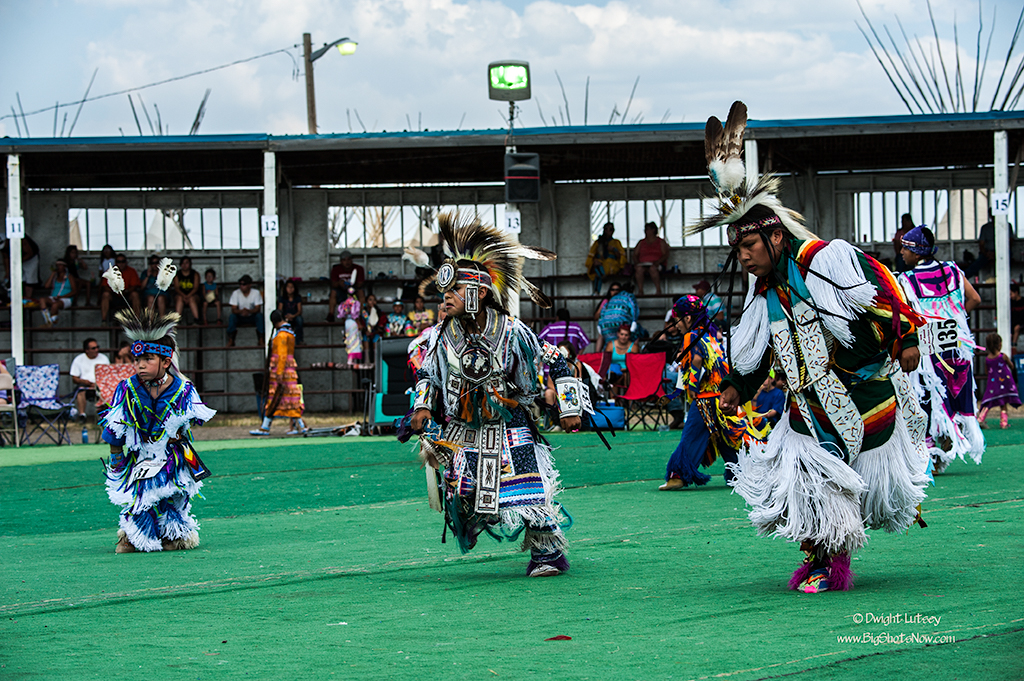
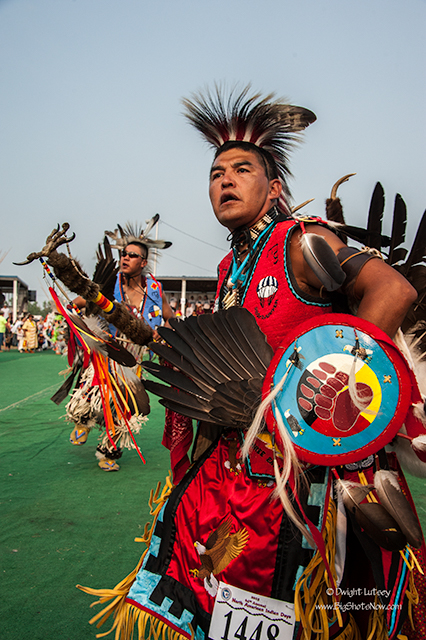
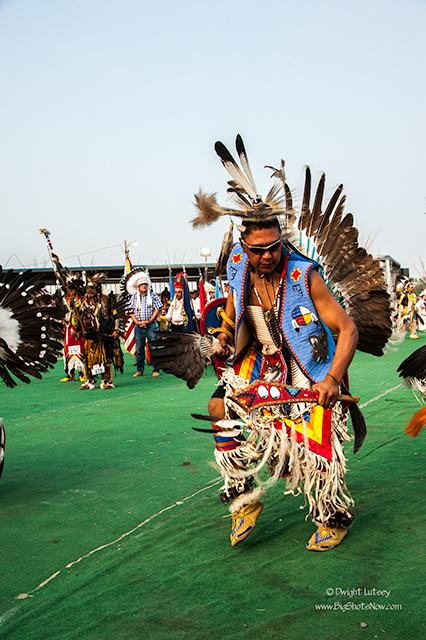
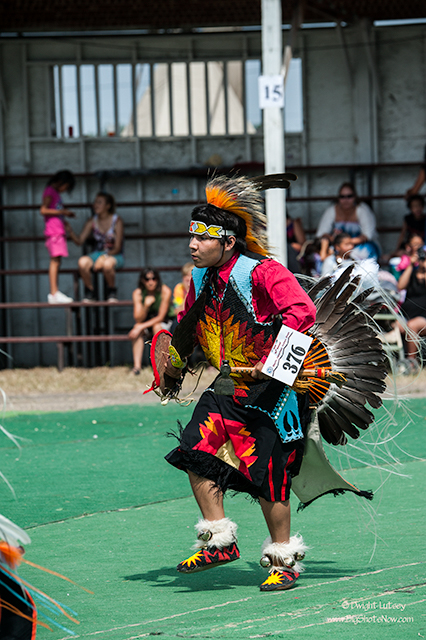
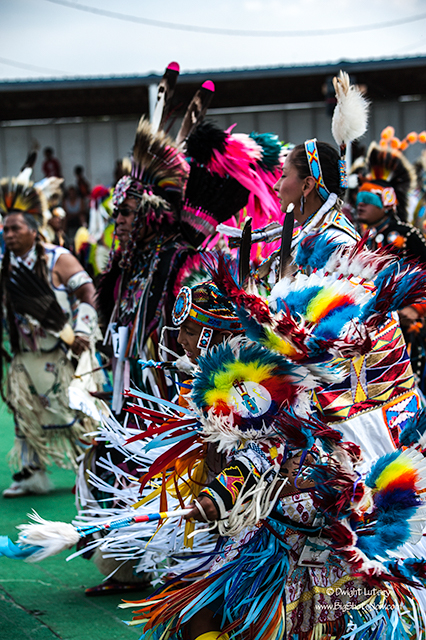
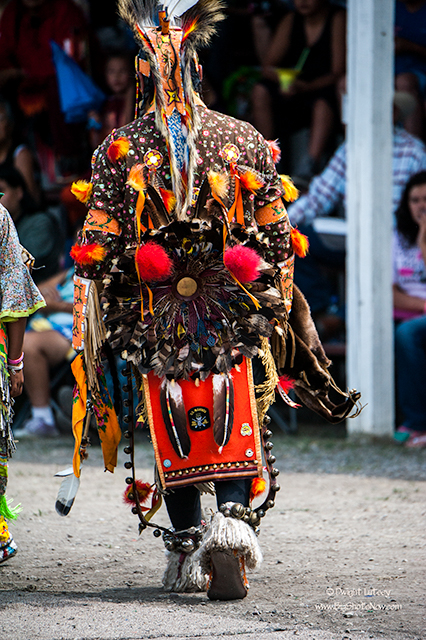
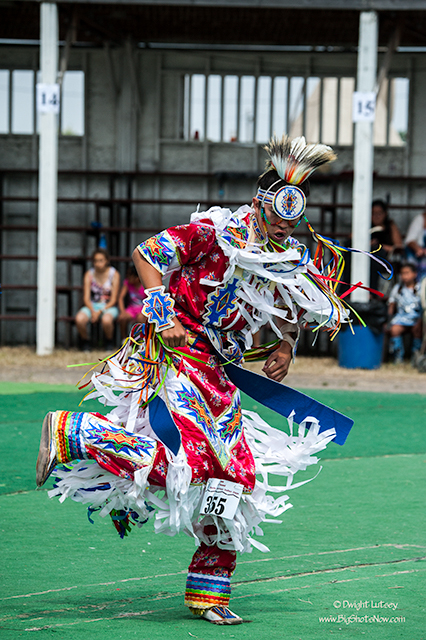
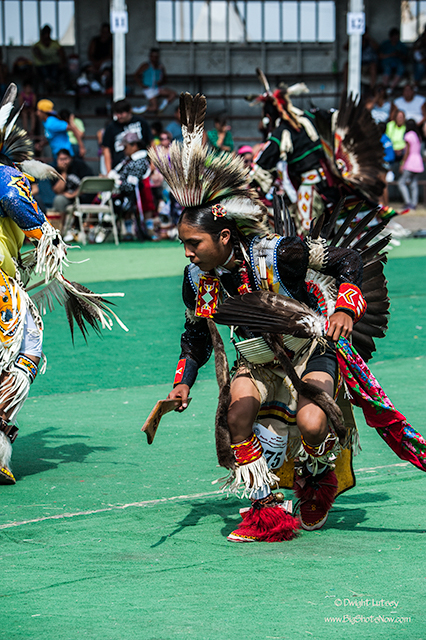
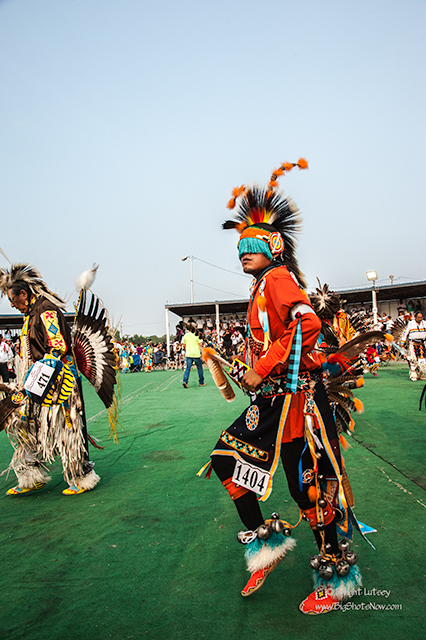
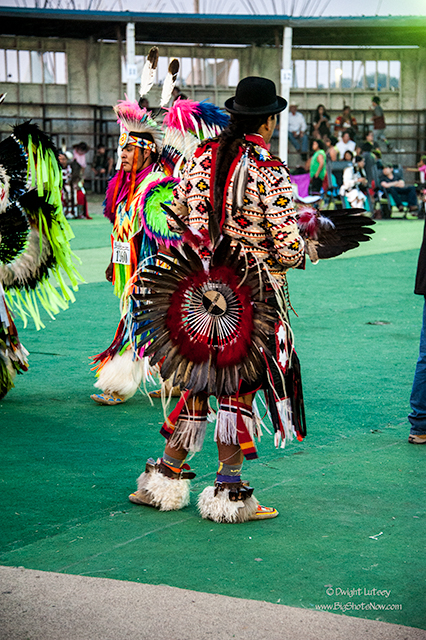
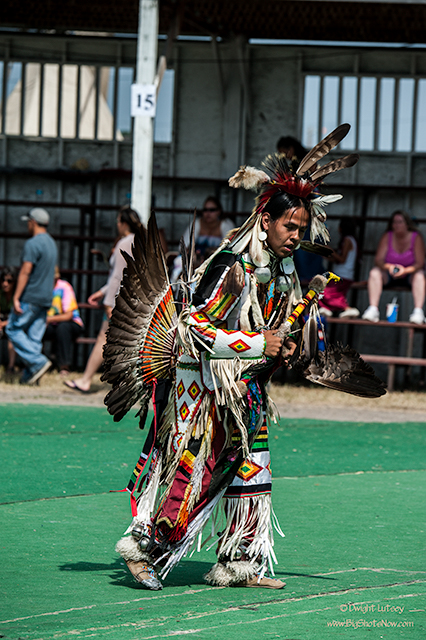
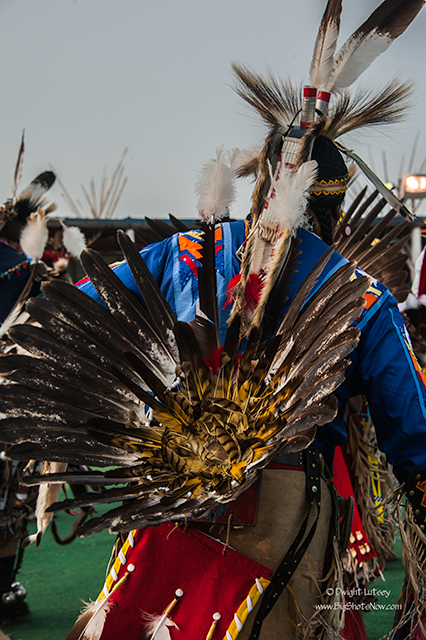
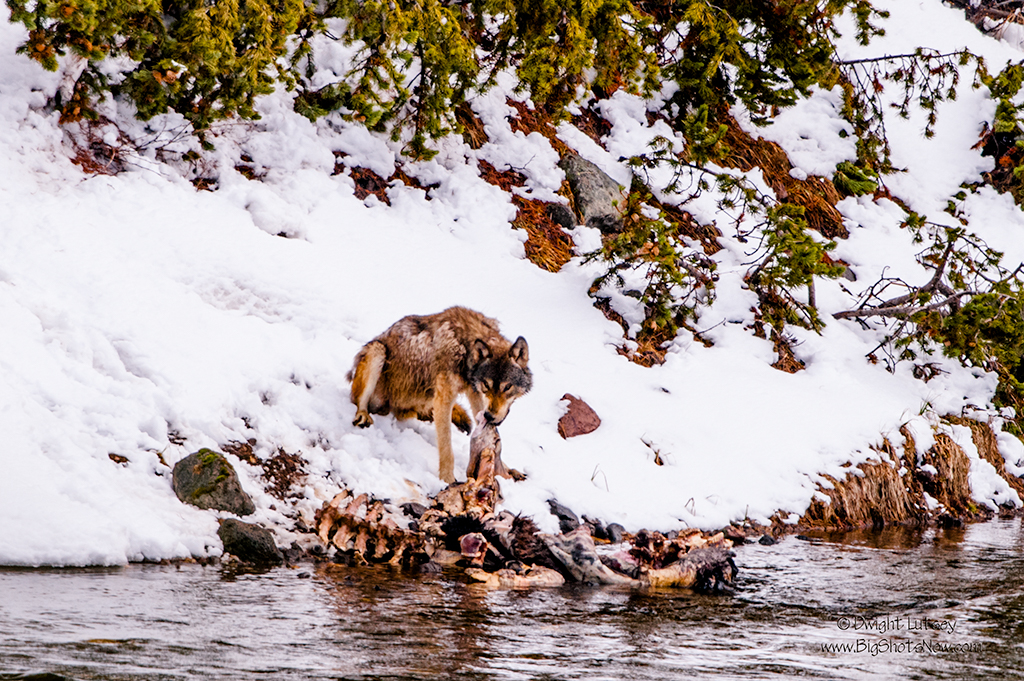
You must be logged in to post a comment.